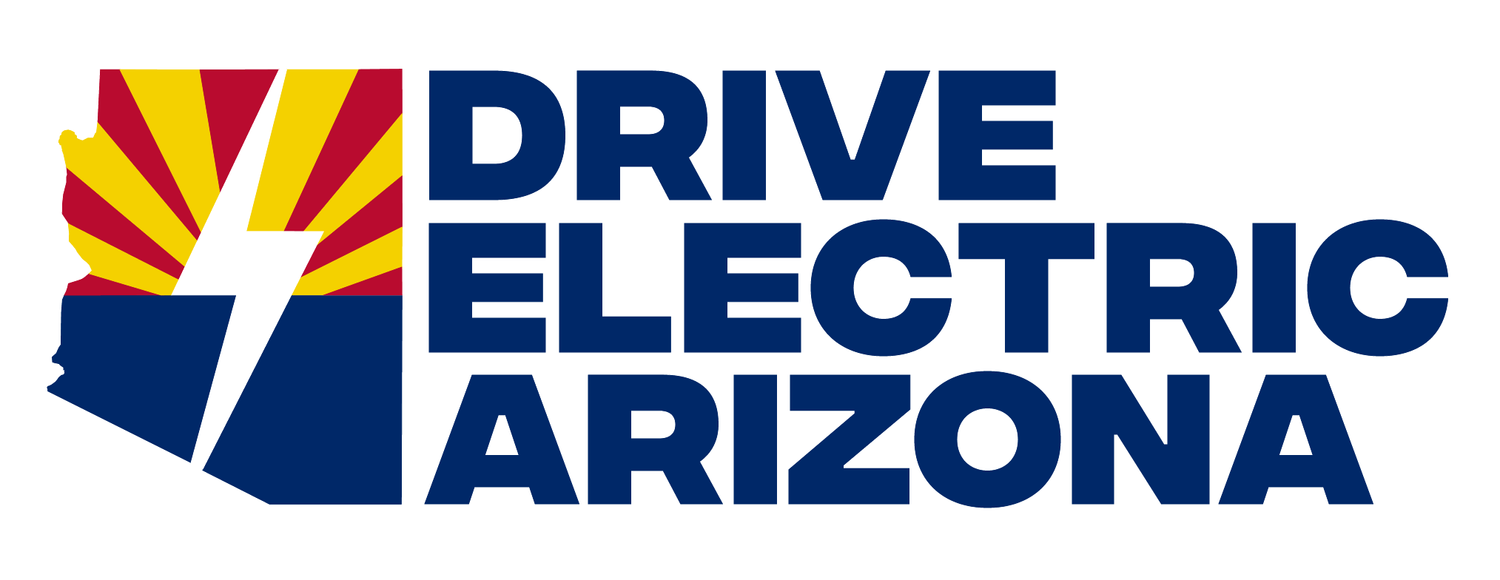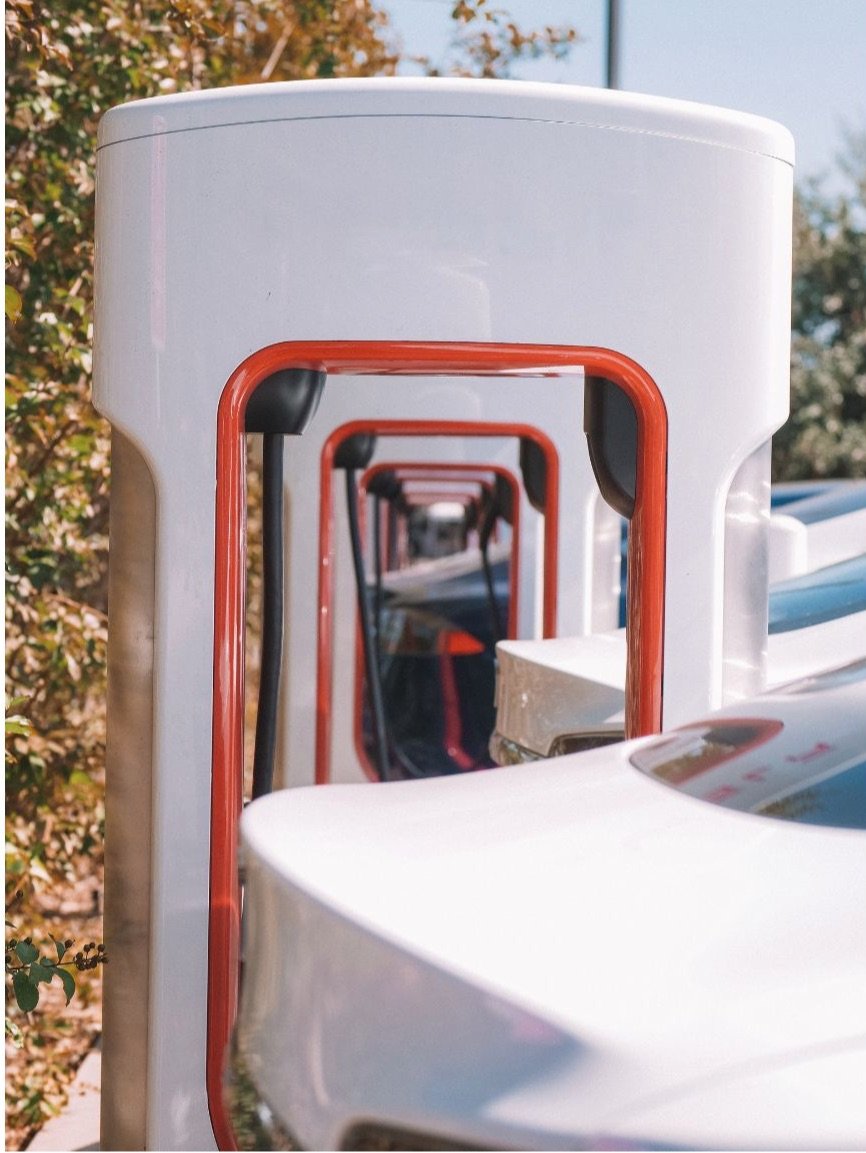How to Use Tesla NACS Chargers for a Non-Tesla EV
A Step-by-Step Guide
As the electric vehicle (EV) market expands, the infrastructure for charging is evolving rapidly. Tesla’s North American Charging Standard (NACS), previously known as the Tesla connector, has become one of the most widespread charging networks in the U.S., providing fast and efficient charging through thousands of Superchargers. But what if you own a non-Tesla EV? Can you take advantage of the Tesla NACS chargers?
The answer is yes—but it depends on your EV model and whether you have the necessary adapter. This guide will walk you through everything you need to know about using Tesla NACS chargers with a non-Tesla EV, helping you tap into this extensive network.
Important Considerations:
• Adapter Availability: For EVs requiring adapters, availability and pricing may vary by manufacturer. Contact your vehicle’s manufacturer or dealership for specific details. To ensure safety and compatibility, only use adapters that are approved by your vehicle manufacturer, as unapproved adapters may cause charging issues or damage.
• Supercharger Compatibility: Not all Tesla Supercharger stations may be immediately compatible with non-Tesla EVs. Tesla is progressively opening select Supercharger stations to other EVs equipped with NACS or appropriate adapters.
• Charging Rates: Charging rates and fees may differ for non-Tesla vehicles using the Supercharger network. It’s recommended to consult Tesla’s official resources or your vehicle manufacturer for the most accurate information.
As the EV landscape evolves, more manufacturers are collaborating with Tesla to provide their customers with access to the extensive Supercharger network, enhancing the overall charging infrastructure for EV owners.
1. Understanding the Tesla NACS Connector
Tesla’s NACS connector is sleek, compact, and efficient, offering both AC (Level 1 and Level 2) and DC fast charging (Supercharging) through a single plug. Originally, it was only available to Tesla vehicles, but more and more non-Tesla EVs can now use this charging standard with adapters or direct compatibility through emerging partnerships in the EV industry.
Several automakers, such as Ford, GM, and Rivian, have announced partnerships to integrate the NACS connector directly into their future vehicles, which will make accessing Tesla Superchargers even easier for non-Tesla EV owners. However, for current non-Tesla EVs, an adapter is often required.
2. Check if Your EV Is Compatible
The first step in using Tesla NACS chargers with your non-Tesla EV is to determine compatibility.
As of March 27, 2025, several electric vehicle (EV) brands have gained access to Tesla’s 250 kW Supercharger network through various means, including native compatibility and the use of adapters. Here’s an overview:
Ford and Rivian
• Access Granted: Both Ford and Rivian EVs have been able to use Tesla’s V3 and V4 Superchargers since early 2024. This access requires the use of adapters provided by the manufacturers. Ford Adapter Rivian Adapter
Rivian R1T
John Martinson charging his Rivian in Scottsdale, AZ.
General Motors (GM)
• Access Granted: In September 2024, GM enabled its EVs to access Tesla’s Supercharger network by offering a $225 adapter available through their respective brand apps. Future GM models are expected to feature native Tesla charging ports. GMC Adapter Cadillac Adapter Chevrolet Adapter
Chevrolet Bolt
Shaun Barnette powers up at a Tesla Supercharger in Quartzite, AZ
Hyundai and Kia
• Access Granted: Hyundai and Kia plan to provide free North American Charging Standard (NACS) adapters to their EV customers in early 2025, facilitating access to Tesla’s Superchargers. Additionally, the 2025 Hyundai Ioniq 5 XRT will come equipped with a native NACS port, eliminating the need for an adapter.
Mercedes-Benz
• Access Granted: Mercedes-Benz owners can access Tesla’s Supercharger network using a CCS-to-NACS adapter. A Mercedes-approved adapter is available at dealerships for $185. Future Mercedes EVs will come equipped with NACS ports starting in 2025.
Nissan
• Access Granted: Nissan provided supercharger access to its Ariya model in 2024. Starting in 2025, new Nissan EVs will be equipped with NACS ports for native compatibility. Nissan Adapter
Nissan Ariya
Scott Toughill loads up on electrons at a Tesla Supercharger in Peoria, AZ.
BMW Group (Including Mini and Rolls-Royce)
• Access Timeline: BMW, along with its subsidiaries Mini and Rolls-Royce, announced plans to adopt the NACS charge port starting in early 2025. Existing EVs with the CCS-type port will also be compatible with Tesla’s Supercharger network through an adapter.
Volvo and Polestar
• Access Granted: Volvo and Polestar plan to make NACS ports standard on all their EVs starting in 2025. An adapter will be offered in 2024 to enable existing models with CCS ports to access Tesla’s Superchargers. (See Dealers for Adapter)
Honda and Acura
• Access Timeline: Honda and Acura EV owners are expected to gain access to Tesla Superchargers in the summer of 2025. Both brands will offer charging adapters through dealerships, though pricing details have not been disclosed.
Lucid Motors
• Access Timeline: Lucid plans to adopt Tesla’s NACS charge port in 2025. Current models with a CCS-type port will be compatible with an adapter, allowing them to charge at Tesla’s Supercharger network.
Toyota
• Access Timeline: Toyota announced that starting in 2025, its new electric models will come standard with a NACS charge port, providing access to Tesla’s Supercharger network. An adapter will be available for models with a CCS-type port.
DC Fast Charging: Most non-Tesla EVs use the Combined Charging System (CCS) connector for fast charging. To use a Tesla Supercharger (which provides DC fast charging), you’ll need an adapter that converts the NACS plug to a CCS-compatible plug.
Level 1 and Level 2 Charging: If you’re using Tesla’s Level 2 Destination Chargers or a Tesla Wall Connector, many non-Tesla EVs can charge using an NACS-to-J1772 adapter, since J1772 is the standard plug used by most non-Tesla EVs for AC charging.
3. Get the Right Adapter
Adapters are crucial for enabling non-Tesla EVs to use Tesla’s NACS charging ports. There are two primary types of adapters you’ll need to consider, depending on whether you’re using a Supercharger or a Tesla home or destination charger.
a. For Superchargers (DC Fast Charging)
To use a Tesla Supercharger with a non-Tesla EV, you’ll need an adapter that converts the Tesla NACS plug to your vehicle’s CCS port. These adapters can often be purchased through third-party vendors or accessory shops, and they’re designed to handle the high-speed charging provided by Superchargers.
Some options include:
• Tesla to CCS Combo Adapter: This adapter allows you to plug into a Tesla Supercharger and convert the connection to your EV’s CCS fast-charging port.
• Chargeway or Lectron NACS-CCS Adapters: These brands offer adapters specifically designed for using Tesla Superchargers with CCS-equipped vehicles.
Note that some adapters may have charging speed limitations, so ensure you choose one that supports the full charging capacity of your vehicle.
b. For Tesla Destination and Home Chargers (Level 1/Level 2 AC Charging)
For Level 1 and Level 2 AC charging at Tesla Destination Chargers or using a Tesla home wall connector, you’ll need an NACS-to-J1772 adapter. These adapters are simpler, as they allow you to plug into any Tesla AC charger and charge your non-Tesla EV using the J1772 standard connector.
Popular adapters include:
• Lectron Tesla to J1772 Adapter
• Setec Tesla NACS to J1772 Adapter
These adapters are widely available and easy to use for slower, home, or workplace charging.
4. Check for Supercharger Access Restrictions
While Tesla has started opening its Supercharger network to non-Tesla EVs, not all Supercharger locations are accessible yet. Tesla is gradually rolling out this access across the U.S. and internationally, but before heading to a Supercharger, it’s important to check if the location you plan to visit is compatible with your EV.
You can do this through:
• Tesla App (with non-Tesla vehicle registration): Tesla offers access to some Supercharger stations through their app. By registering your non-Tesla EV and using the app, you can find and pay for Supercharger use, provided the station supports non-Tesla vehicles.
• Third-party apps: Some apps, such as PlugShare, offer updated maps of charging stations, including whether a particular Tesla Supercharger is open to non-Tesla EVs.
5. How to Use a Tesla Charger with a Non-Tesla EV
Once you have the necessary adapter and confirmed that the station is accessible, using the Tesla Supercharger or Destination Charger is straightforward:
a. Using a Tesla Supercharger
1. Find an accessible Supercharger: Use the Tesla app or other third-party apps to locate Superchargers that allow non-Tesla EVs.
2. Plug in with the adapter: Attach the NACS-to-CCS adapter to the Tesla Supercharger cable, then plug it into your vehicle’s charging port.
3. Use the Tesla app for payment: Open the Tesla app (if required for payment), select the stall number, and start the charging session. Some stations may not require this step, depending on payment methods.
4. Monitor charging: Track the charging status through your EV’s system or via the Tesla app, if compatible.
5. Unplug and go: Once charging is complete, unplug the adapter and cable, and you’re ready to continue driving. (Don’t forget to take your adapter with you!)
b. Using Tesla Destination Chargers or Wall Connectors
1. Plug in using the J1772 adapter: Attach your NACS-to-J1772 adapter to the Tesla charger cable.
2. Plug into your vehicle: Connect the adapter to your EV’s charging port. No app or additional steps are typically required for these slower chargers.
3. Monitor charging: Use your EV’s dashboard or app to monitor charging progress.
4. Unplug when done: Once charging is finished, remove the adapter and cable, and you’re set. (Don’t forget to take your adapter with you!)
6. Charging Speed Considerations
When using an adapter, be aware that your charging speed may be influenced by several factors:
• Adapter limitations: Some third-party adapters may not support the maximum charging speed available from Tesla Superchargers. Be sure to purchase high-quality adapters that are compatible with your EV’s charging capacity.
• EV’s charging capabilities: Your EV’s onboard charger will determine how fast it can charge. For example, if your EV can only accept 150 kW of power, plugging into a 250 kW Tesla Supercharger won’t make a difference—the charging speed will be capped by your EV’s capacity.
7. Future Compatibility
As automakers like Ford, GM, and Rivian begin adopting the Tesla NACS as a standard, more EVs will come equipped with NACS ports, eliminating the need for adapters. This shift means that the Tesla charging network will soon be more accessible than ever to non-Tesla EV drivers, allowing them to take full advantage of the expansive Supercharger network.
Conclusion
While Tesla’s NACS charging network was initially exclusive to Tesla vehicles, it is becoming increasingly available to non-Tesla EV drivers through adapters and partnerships. With the right adapter, you can access both Tesla Superchargers for fast charging and Tesla Destination Chargers for Level 2 charging, allowing you to leverage one of the most widespread charging networks in the U.S. By understanding your EV’s compatibility, choosing the right equipment, and staying informed on charging locations, you can seamlessly integrate Tesla NACS chargers into your EV charging routine.






